Skansen is the world’s oldest open air museum. It was created at the end of the nineteenth century as a romantic recreation of life in the olden days. Skansen takes us back to the time before the Industrial Revolution completely changed our way of living.
Artur Hazelius’s Dream
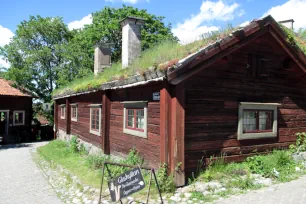
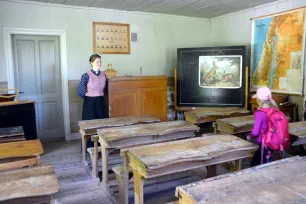
In the nineteenth century, Arthur Hazelius, a Swedish teacher, noticed during his travel around the country that the traditional lifestyle of the Swedish came under threat due to the Industrialization. Hazelius dreamt of a grand plan to preserve Swedish culture for future generations. As a first step, he founded an ethnographical museum.
Skansen was created a decade later as a complement to this museum to educate people about the Swedish lifestyle and traditions. Houses from all over the country, representing the different architectural styles of the various regions in Sweden were rebuilt here, from a Sami camp in the north to a small town in the south. The museum first opened to the public in 1891. Hazelius himself lived in one of the old houses in Skansen until his death in 1901.
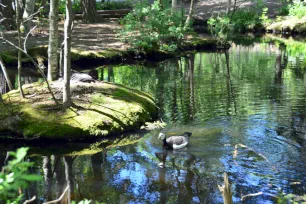
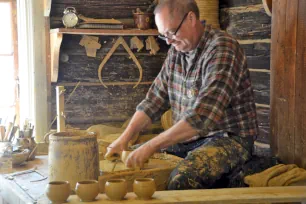
The Open Air Museum
Skansen occupies some 30 hectares (75 acres) on Djurgården, an island in Stockholm that was once a royal hunting ground. There are about 150 different buildings from all around Sweden, including farmhouses, woodshops, windmills, townhouses, a school, a mining camp, a wooden church and even the country’s tallest belfry. The surrounding landscape is meant to imitate the buildings’ natural environment.
Skansen is a living museum, which means that there are guides in period costumes who can explain visitors how people lived and worked in Sweden before the Industrial Revolution. There are also people working on the farms, and you can see craftsmen working in the workshops. Skansen is also home to a number of traditional festivities held throughout the year.
Sights
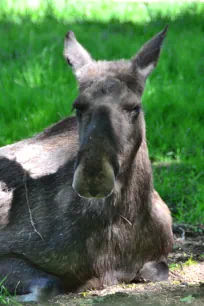
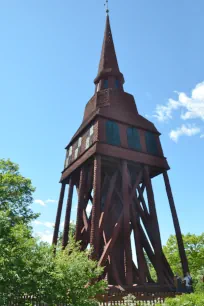
There are several entrances to Skansen. On the east side is the Hazelius entrance, which is right near a funicular railway. The main entrance is on the south side, and a third entrance, the Solliden entrance, is situated more to the west.
Just east of the main entrance is the Skansen-Akvariet, an aquarium that is more like a small zoo since it is home to not just fish but also many reptiles, small mammals, birds and spiders. There are many more animals in Skansen. In the farmsteads you can see farm animals such as cows, horses, sheep and geese, and in the north there are wild animals native to Sweden such as seals, otters, reindeer, elk, bears, wild boards and even wolves.
Skansen isn’t all nature, though. There’s even a small town quarter, created in the 1930s, with authentic wooden houses from Stockholm. Here you can find many craftsmen working their trades in workshops.
The oldest house in Skansen is the Vastveit storehouse, which dates back to the fourteenth century. Other interesting buildings include the Seglora Church, a wooden church from the eighteenth century; the Bredablick, an octagonal, thirty-meter-tall watchtower; the Hällestadsstapeln, a peculiar-looking belfry from 1733; the Främmestad windmill, built in 1750 on a farm in West Gothland; and the Hornborgastugan, a cottage with a door that is only 105 cm (3.5 ft) tall.

